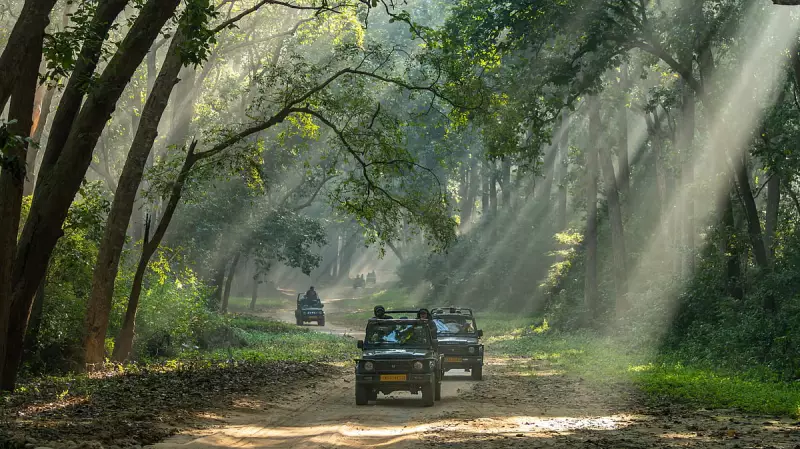
In a landmark judgment for wildlife conservation, the Supreme Court of India has issued strict directives to the Uttarakhand government to restore the ecological balance of Jim Corbett Tiger Reserve. The apex court has set a tight deadline for removing all unauthorized constructions that have threatened the protected area.
Court's Directives for Immediate Action
A bench led by Chief Justice of India B R Gavai delivered the significant order on 17 November 2025, emphasizing the urgent need to protect one of India's most important tiger habitats. The court has given a clear three-month timeline for the complete demolition of all illegal structures within the reserve boundaries.
The judicial bench specifically instructed the Chief Wildlife Warden of Uttarakhand to collaborate closely with the Central Empowered Committee (CEC), which was appointed by the Supreme Court itself. This partnership aims to ensure that the demolition process follows proper environmental protocols and legal procedures.
Restoration Plan and Implementation
The Supreme Court's order represents a comprehensive approach to addressing the environmental damage in Jim Corbett Tiger Reserve. Beyond just removing illegal constructions, the directives focus on the complete ecological restoration of the affected areas.
The court has empowered the Central Empowered Committee to oversee the entire process, ensuring that the state authorities implement the orders effectively. This monitoring mechanism will help prevent future violations and maintain the long-term integrity of the tiger reserve.
Broader Implications for Wildlife Conservation
This judgment sets a significant precedent for wildlife protection across India. By taking a firm stand against unauthorized developments in protected areas, the Supreme Court has reinforced the importance of preserving the country's natural heritage.
The three-month deadline demonstrates the court's seriousness about immediate action. Jim Corbett Tiger Reserve, being one of India's oldest and most renowned protected areas, represents a critical habitat for the endangered Bengal tiger and numerous other species.
Environmental activists and conservation experts have welcomed the Supreme Court's intervention, seeing it as a crucial step toward better protection of India's wildlife sanctuaries and national parks. The order sends a clear message to all states about the non-negotiable nature of environmental laws governing protected areas.





